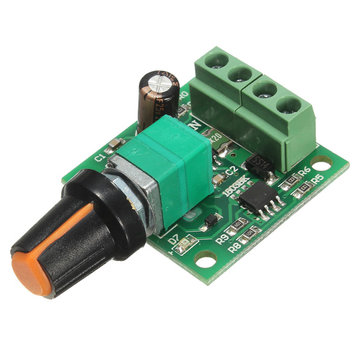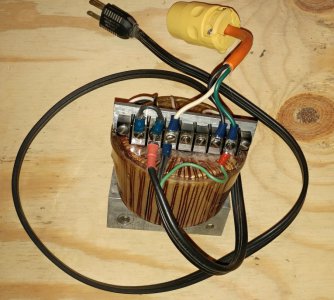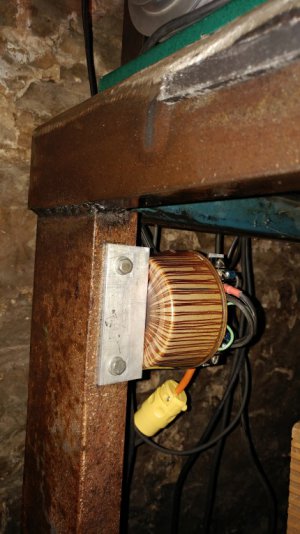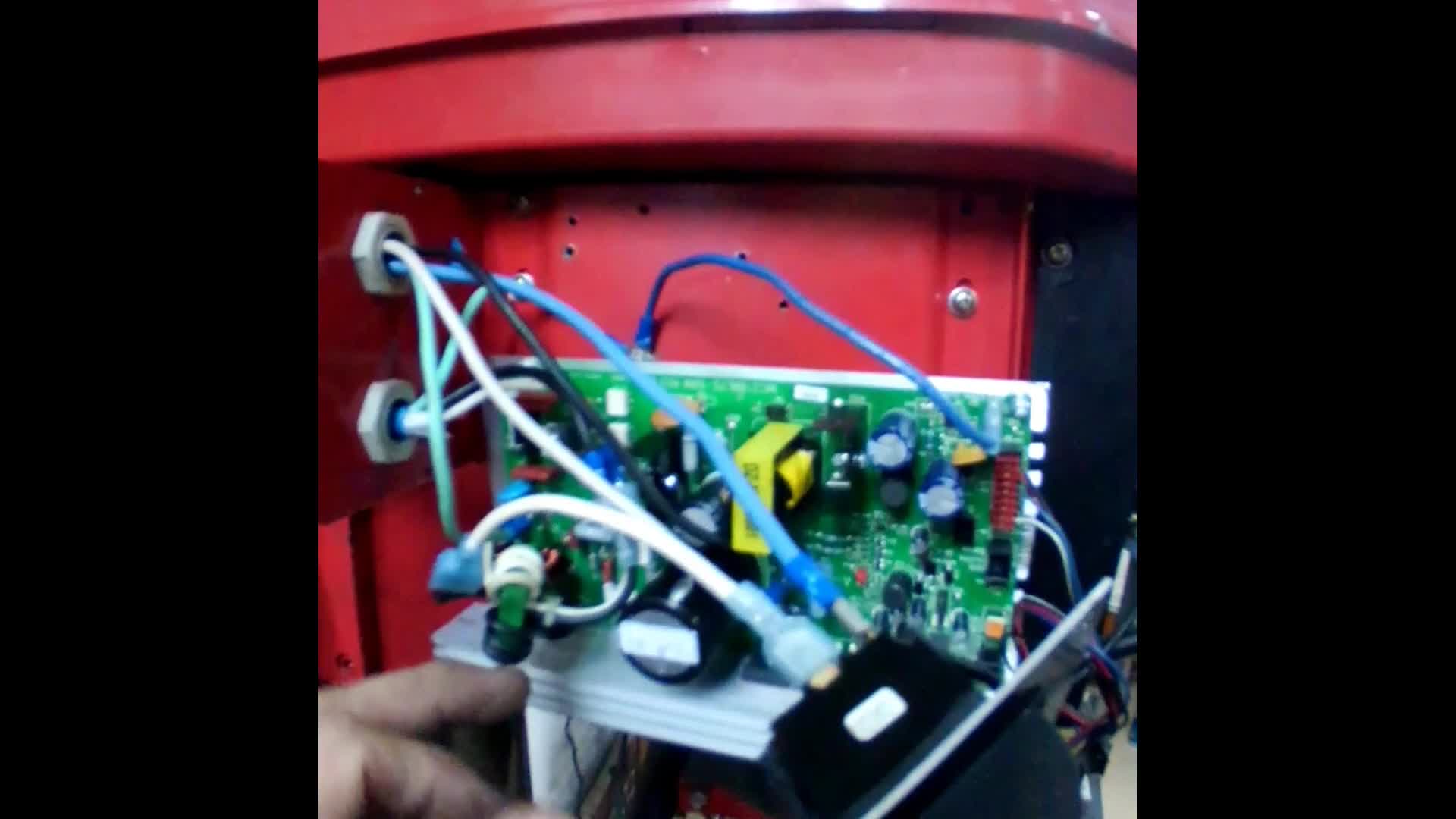Those are some pretty tough requirements, especially if you want to do multiple motor controls. If I had not started down the path that I am on, I would probably go with a cheap low power PWM controller and add the proper MOSFET and power supply for driving a high power motor.
Here is an example:
This does pretty much what my controller would do for little more than the cost of the pot. Instead of driving the motor directly, I would drive an external MOSFET .
Low Voltage DC 1.8V 3V 5V 6V 12V 2A Motor Speed Controller PWM 1803B
Only US$2.99, buy best low voltage dc 1.8v 3v 5v 6v 12v 2a motor speed controller pwm 1803b sale online store at wholesale price.www.banggood.com
Add a 200v 20 amp bridge, a filter capacitor, and a power MOSFET and you're almost home. Yes it does require some work to maker a complete package but if you are making a bunch of them, you would have the advantage of having the same controller design for all your motors instead of a hodge podge of different controllers.
Heck, I might just order a couple for myself just to play with them.
My idea of a (near) perfect PWM controller would have some feedback from an encoder to provide rock solid speed control regardless of load, over current (stall) protection, and variable acceleration/deceleration. This in addition to return to preset speed and reversing, all with low EMI.
That is a future project though. My immediate goal is to have a basic functional VSD for my d.c. lather motor.
Hate this big quote info but have a question for Mr Sakowski. Will you be publishing your wiring diagram ? I have a lot of electronic parts but can only assemble from someone else's diagrams. I don't speak or understand things like Mofset. I'm also not quite sure where your existing controller fits in to the circuit. Thanks .It may all be above my capability to understand .
I didn't have any luck with the unit shown in the video. The control I bought was apparently too low amperage and I'd rather try another route.
Last edited:





